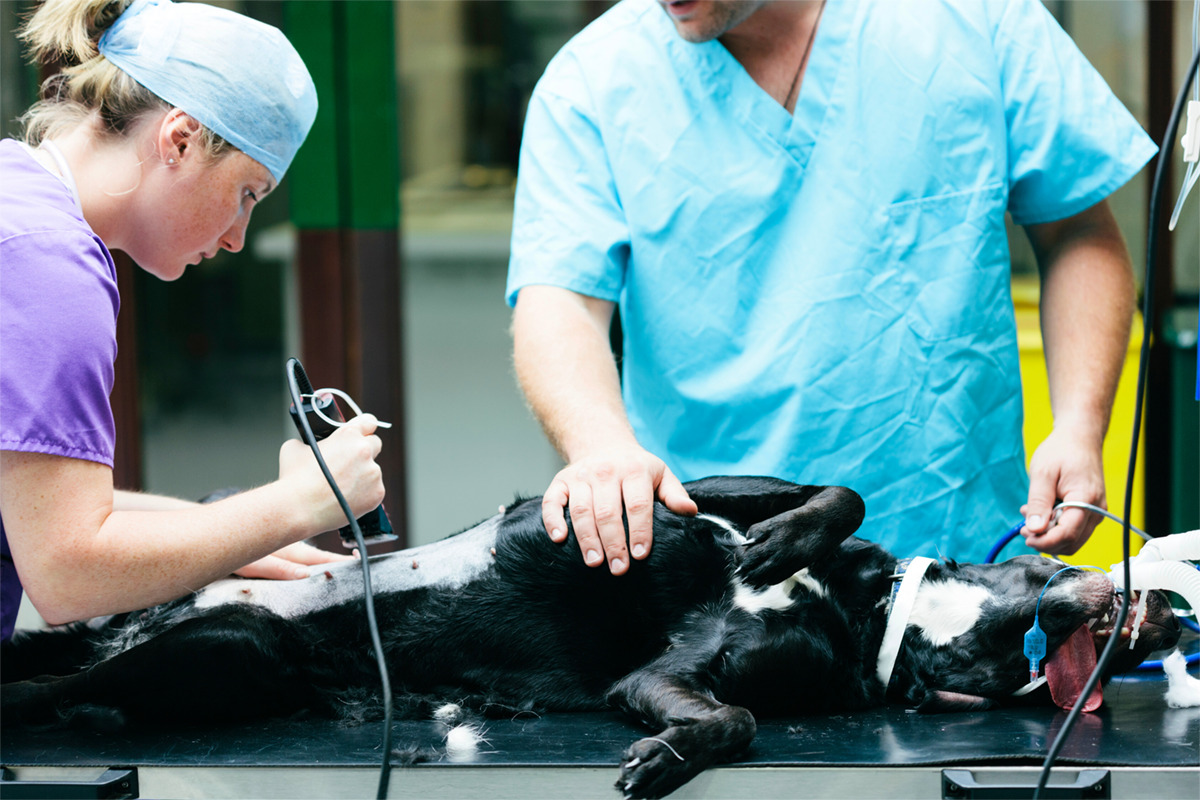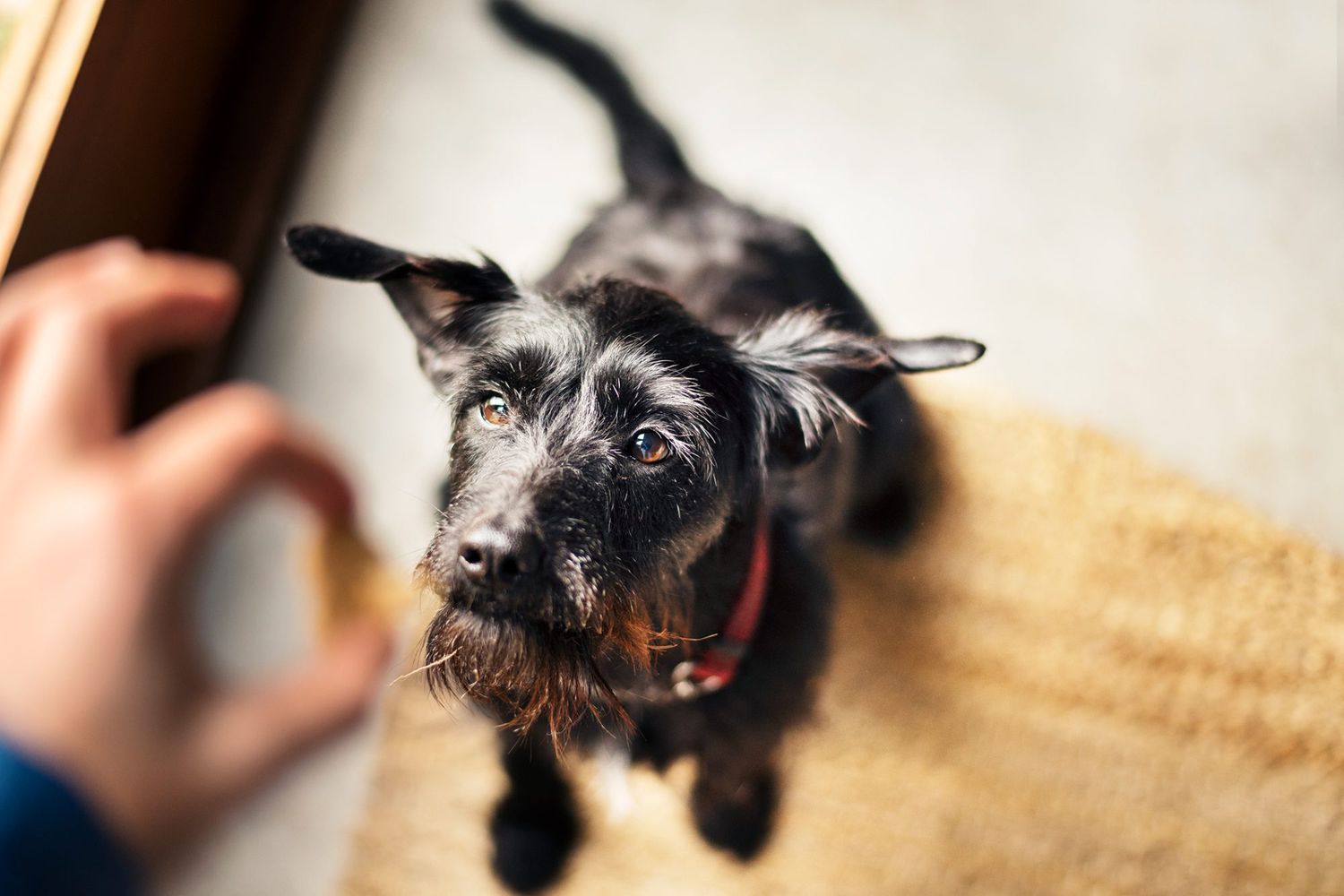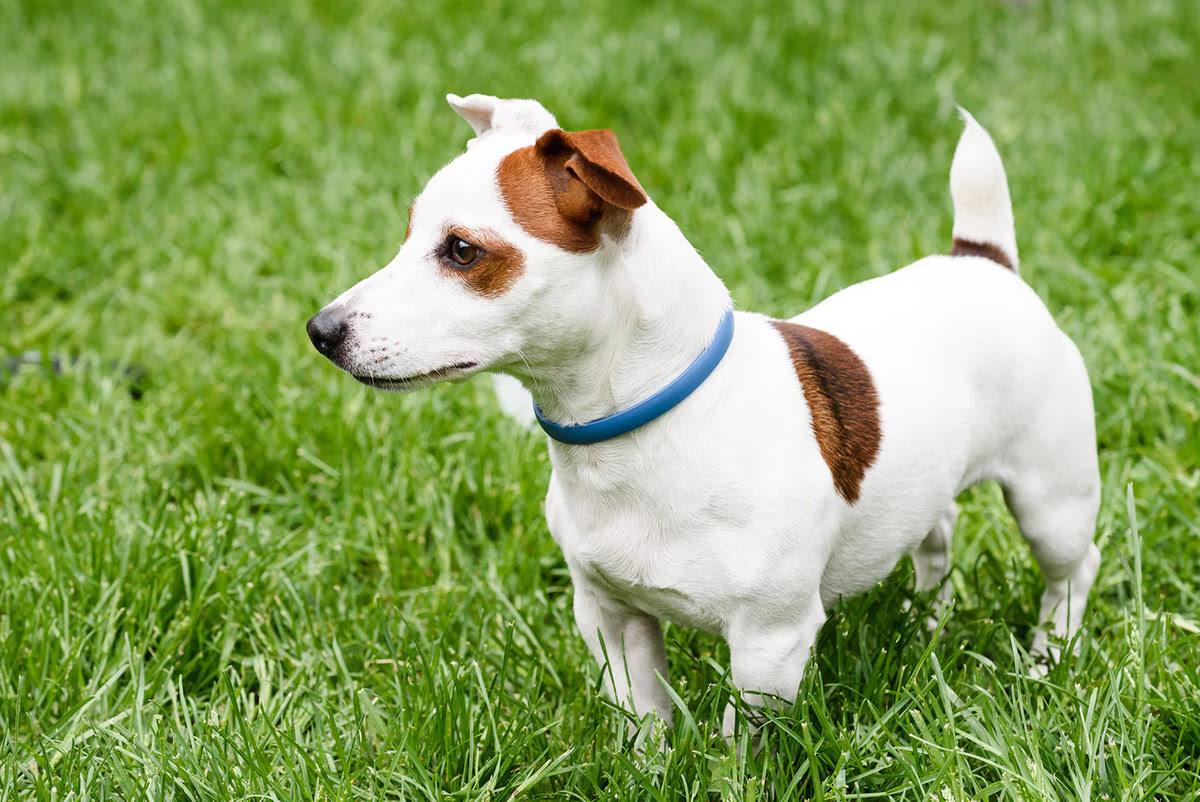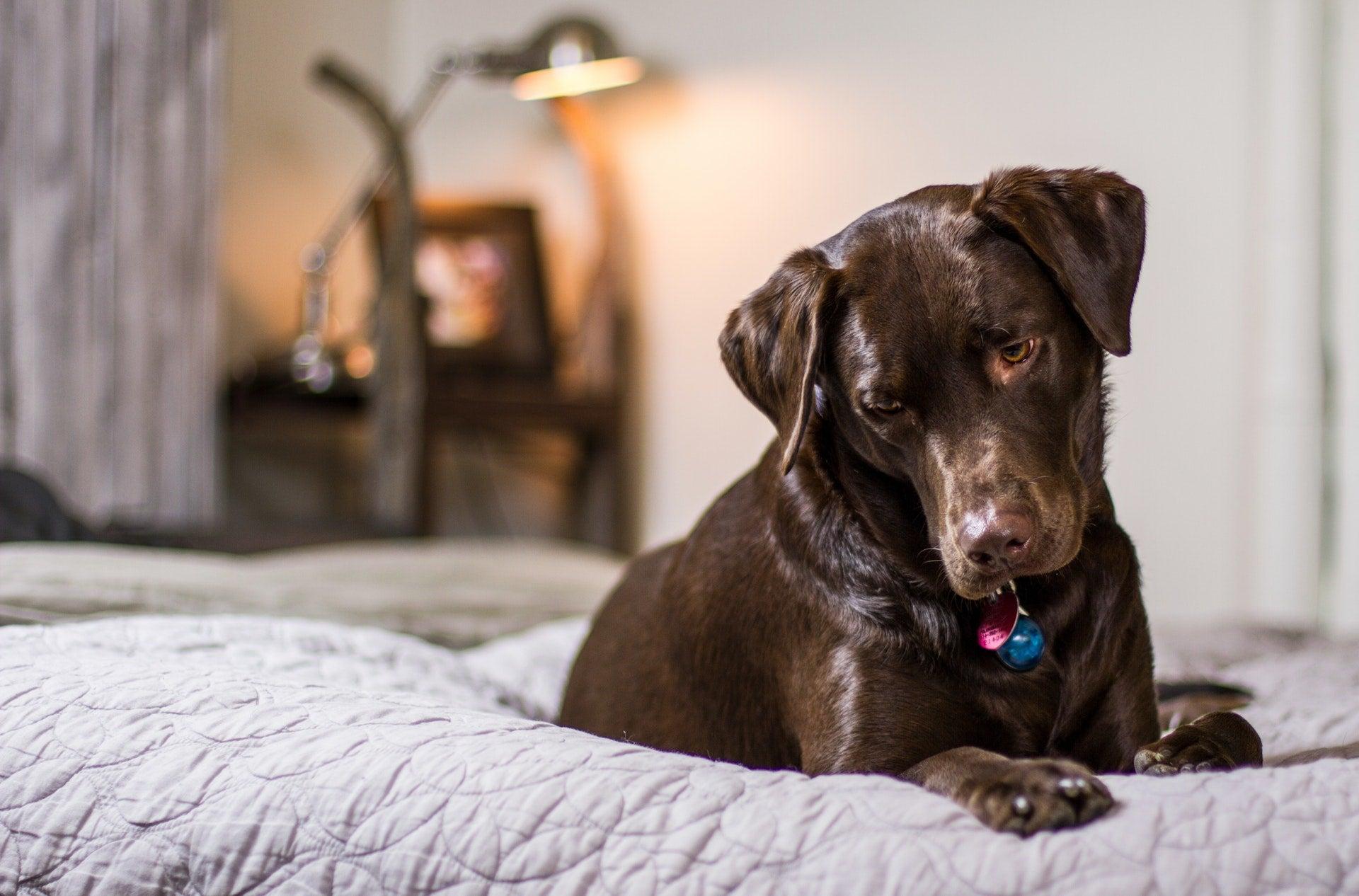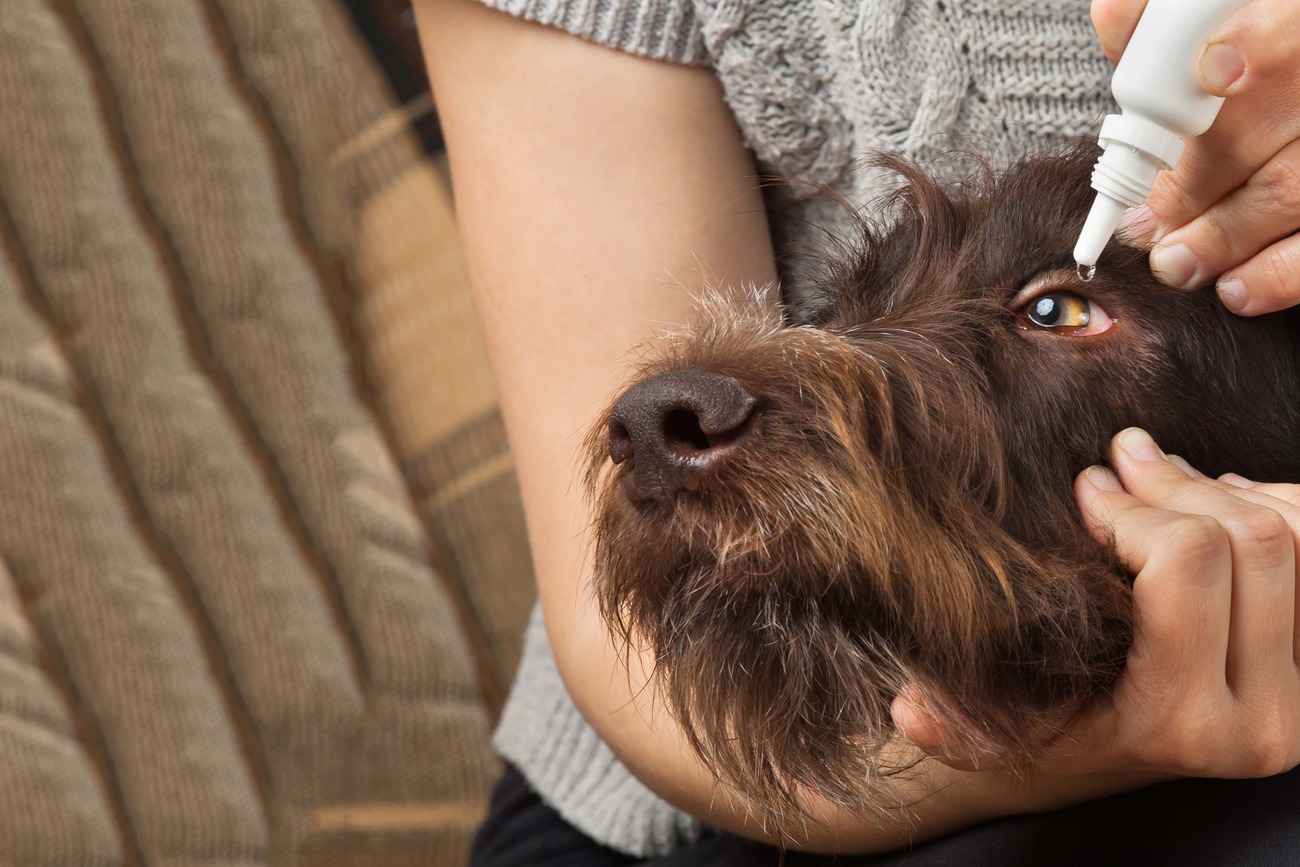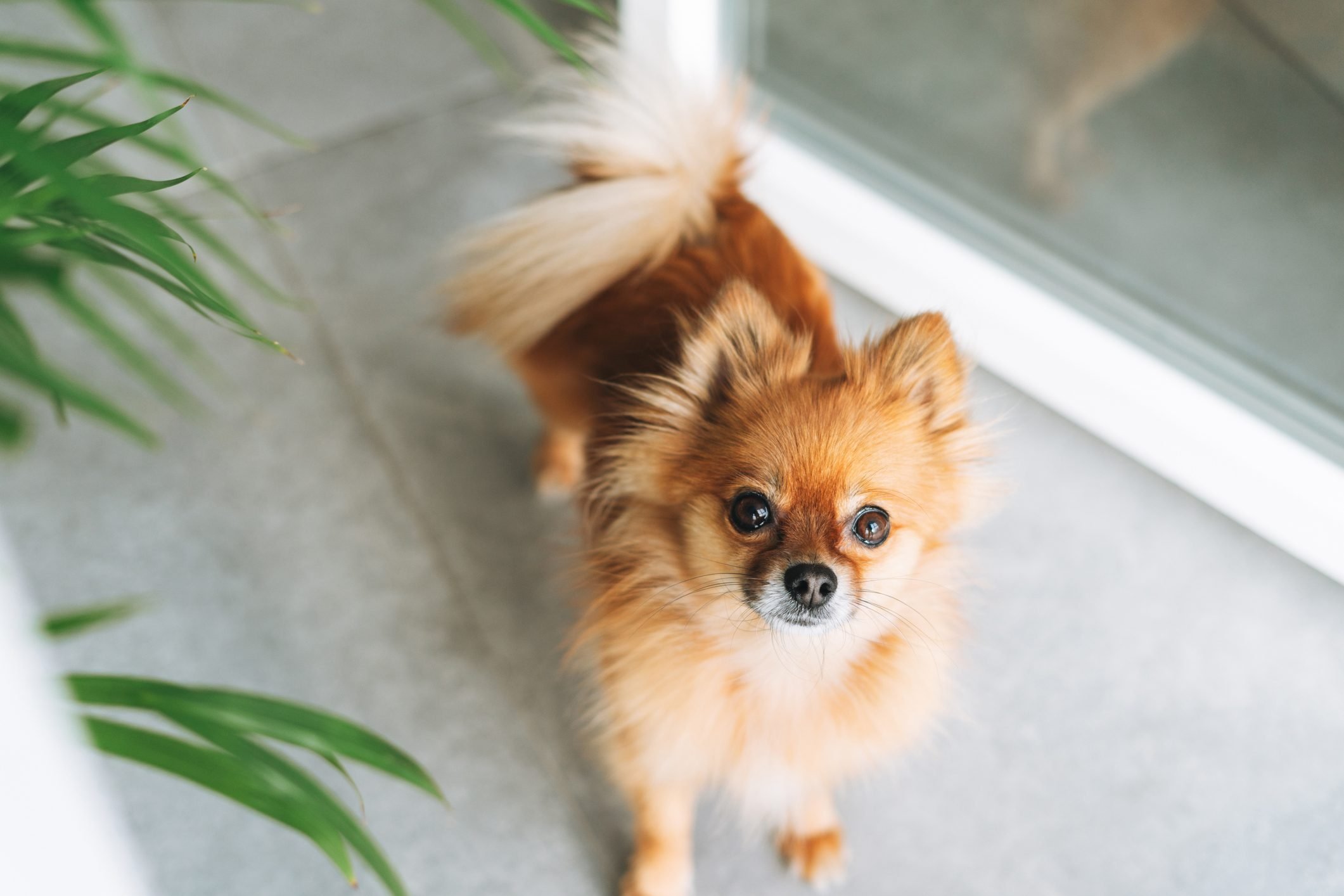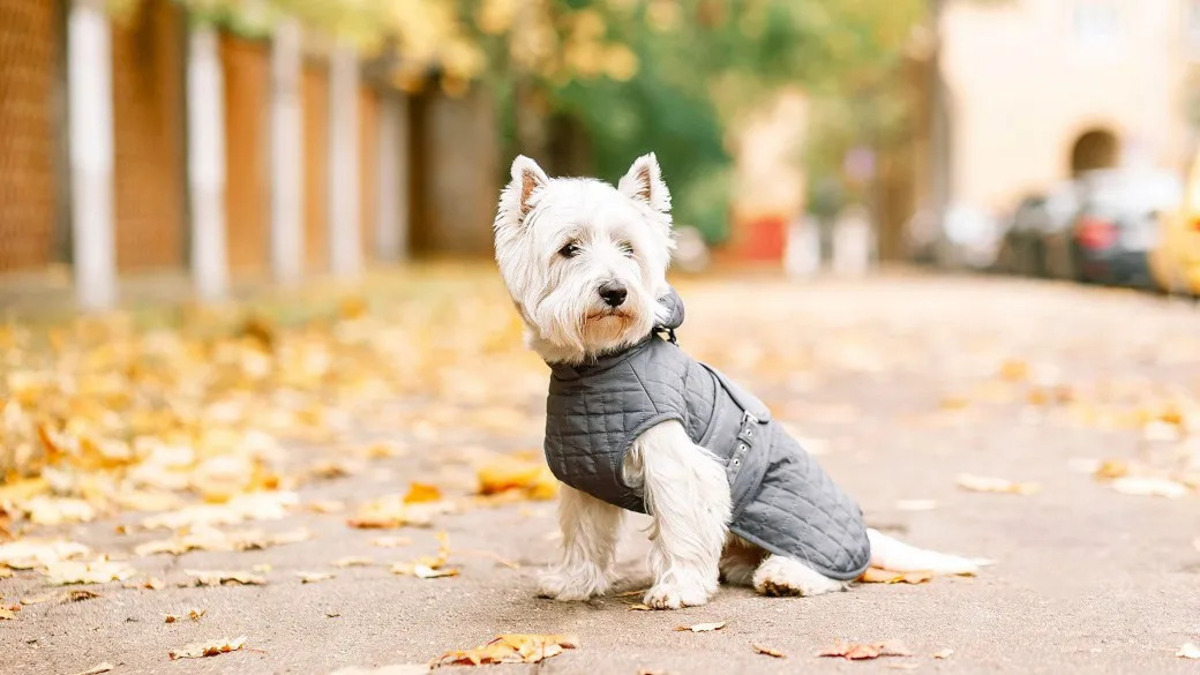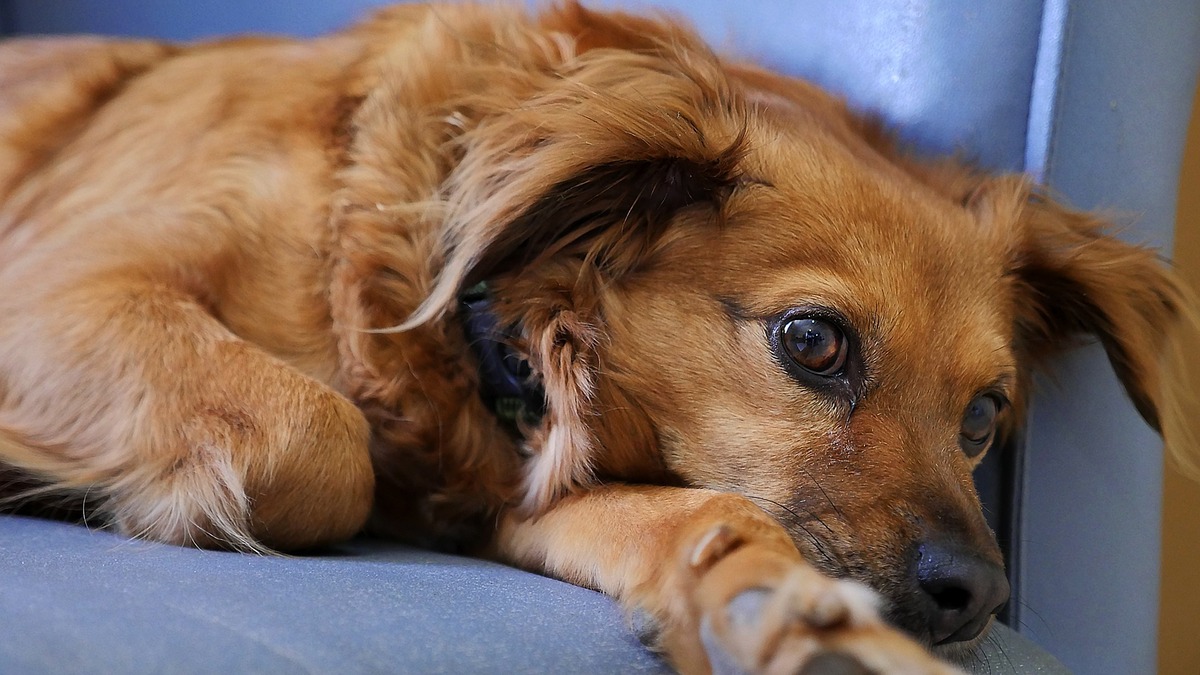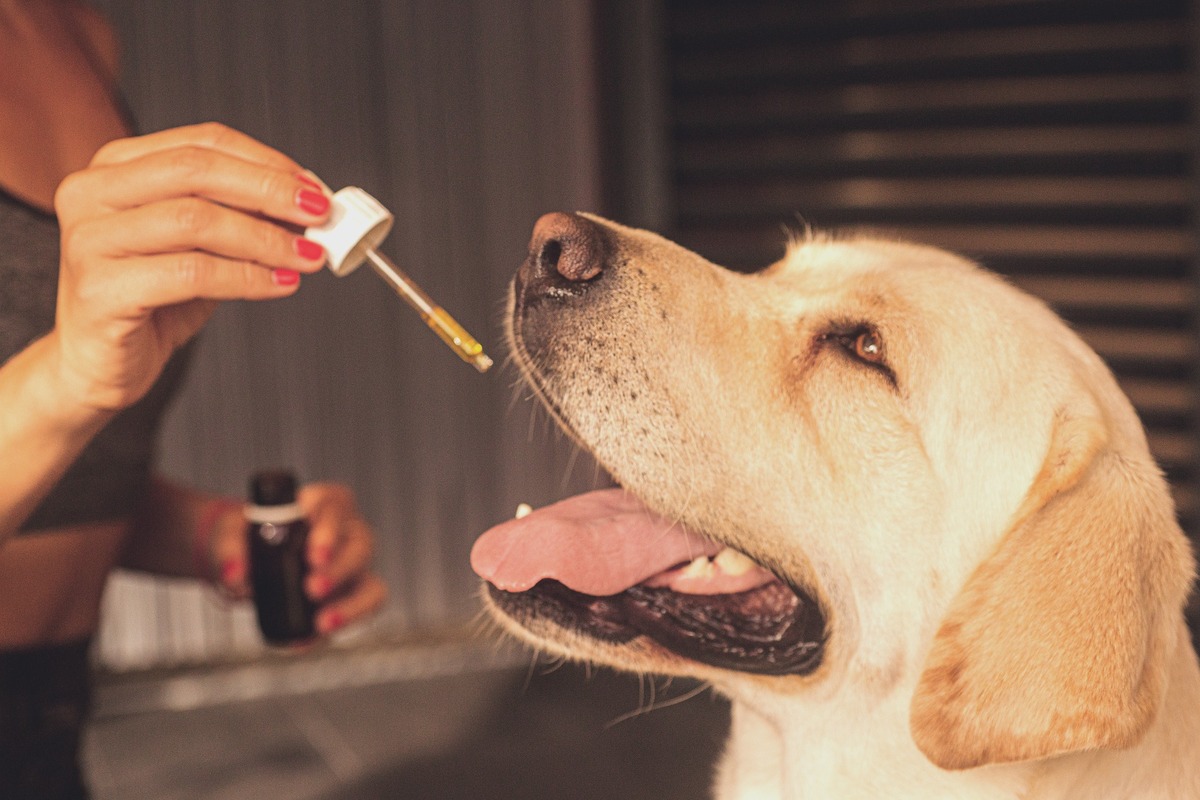Home>Health & Wellness>Behavior & Cognitive Care>What Works To Calm Travel Anxiety In Dogs
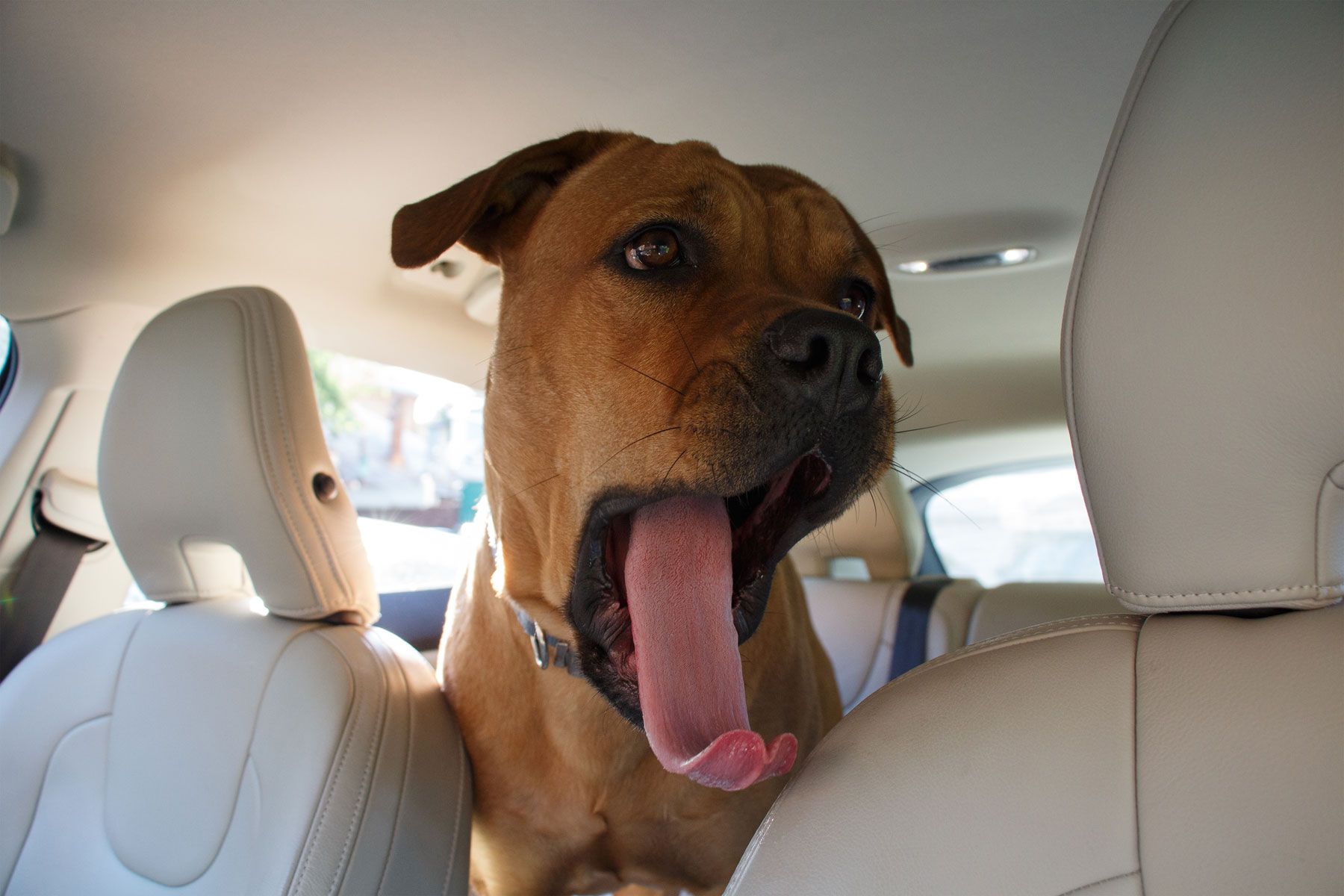

Behavior & Cognitive Care
What Works To Calm Travel Anxiety In Dogs
Published: January 29, 2024
Discover effective strategies for calming travel anxiety in dogs with behavior and cognitive care techniques. Learn how to ease your pet's stress and make travel more enjoyable for both of you.
(Many of the links in this article redirect to a specific reviewed product. Your purchase of these products through affiliate links helps to generate commission for Pawsomeoldies.com, at no extra cost. Learn more)
Table of Contents
Introduction
Travel anxiety in dogs is a common concern for pet owners, as it can make journeys stressful for both the dog and the owner. Whether it's a trip to the veterinarian, a family vacation, or a visit to a new environment, many dogs experience varying degrees of anxiety when faced with travel. Understanding the underlying causes of this anxiety and learning effective strategies to alleviate it is crucial for ensuring the well-being of our furry companions.
In this comprehensive guide, we will delve into the multifaceted nature of travel anxiety in dogs and explore a range of practical approaches to help soothe their distress. From creating a comfortable travel environment to utilizing calming products and supplements, as well as implementing behavior modification techniques, we will uncover the diverse methods available to address travel anxiety in dogs. Additionally, we will discuss the importance of seeking professional help when dealing with severe cases of travel anxiety.
By gaining insight into the triggers of travel anxiety and discovering the tools and techniques to mitigate it, pet owners can empower themselves to provide their canine companions with a more relaxed and enjoyable travel experience. Let's embark on this journey to understand and address travel anxiety in dogs, ultimately fostering a deeper bond and a happier, more at-ease furry friend.
Understanding Travel Anxiety in Dogs
Travel anxiety in dogs manifests in various ways, ranging from mild unease to severe distress. It is essential for pet owners to recognize the signs of travel anxiety to address it effectively. Common indicators of travel anxiety in dogs include excessive panting, pacing, whining, trembling, drooling, and attempts to escape or hide. Additionally, some dogs may exhibit destructive behavior, such as chewing or scratching, when faced with travel-related stress.
The underlying causes of travel anxiety in dogs can be multifaceted. For some dogs, the unfamiliar sights, sounds, and movements associated with traveling can trigger anxiety. Others may have had negative past experiences during travel, leading to a conditioned fear response. Furthermore, dogs that are not adequately acclimated to car rides or other modes of transportation may experience heightened anxiety due to the novelty of the experience.
Understanding the individual triggers of travel anxiety in dogs is crucial for devising effective intervention strategies. By observing and recognizing the specific behaviors and reactions exhibited by their canine companions during travel, pet owners can gain valuable insights into the root causes of their anxiety. This awareness forms the foundation for implementing targeted approaches to alleviate travel-related distress in dogs.
Moreover, it is important to acknowledge that each dog is unique, and their anxiety triggers may vary. While some dogs may feel anxious due to motion sickness or the lack of control in a moving vehicle, others may be distressed by the separation from their familiar home environment. By understanding the nuanced nature of travel anxiety in dogs, pet owners can tailor their interventions to address the specific needs and sensitivities of their furry companions.
In essence, comprehending travel anxiety in dogs involves recognizing the diverse behavioral and physiological manifestations of anxiety, identifying individual triggers, and acknowledging the unique emotional experiences of each dog. This understanding lays the groundwork for implementing targeted strategies to alleviate travel anxiety and foster a more positive and relaxed travel experience for dogs.
Creating a Comfortable Travel Environment
Creating a comfortable travel environment is pivotal in mitigating travel anxiety in dogs. By proactively addressing the factors that contribute to their distress, pet owners can significantly improve their canine companions' travel experience. Here are several key strategies to establish a soothing and secure environment for dogs during travel:
-
Familiarizing the Dog with the Travel Setting: Introducing the dog to the vehicle or carrier in a positive and gradual manner can help alleviate anxiety. Allowing the dog to explore the travel setting at home, associating it with positive experiences, and gradually increasing the duration of exposure can help acclimate the dog to the travel environment.
-
Ensuring Adequate Restraint and Safety: Securing the dog with a comfortable and appropriately sized harness, crate, or carrier is essential for their safety and comfort during travel. This provides a sense of security and prevents excessive movement, reducing anxiety stemming from instability.
-
Maintaining a Familiar Scent and Comfort Items: Bringing along familiar items, such as the dog's favorite blanket, toy, or bedding, can provide a sense of comfort and familiarity in an unfamiliar travel environment. Additionally, incorporating calming pheromone products, such as sprays or diffusers, can further promote relaxation.
-
Regulating Temperature and Airflow: Ensuring a comfortable temperature and adequate airflow in the travel setting is crucial for the dog's well-being. This includes adjusting air conditioning or heating as needed and providing proper ventilation to prevent overheating or discomfort.
-
Minimizing External Stressors: Shielding the dog from excessive noise, bright lights, and chaotic movements during travel can help reduce sensory overload and anxiety. Utilizing window shades or covers to create a more serene environment and playing soothing music or white noise can also contribute to a calming atmosphere.
-
Offering Regular Breaks and Comforting Interactions: Incorporating frequent breaks during travel allows the dog to stretch, relieve themselves, and receive comforting interactions from their owner. These breaks provide opportunities for the dog to decompress and feel reassured, contributing to a more relaxed travel experience.
By implementing these measures, pet owners can create a supportive and tranquil travel environment that addresses the specific needs and sensitivities of their dogs, ultimately fostering a sense of security and comfort during journeys. This proactive approach plays a pivotal role in alleviating travel anxiety and promoting a more positive and enjoyable travel experience for dogs.
Using Calming Products and Supplements
In addition to environmental adjustments, the use of calming products and supplements can significantly contribute to alleviating travel anxiety in dogs. These products are designed to promote relaxation, reduce stress, and support emotional well-being during travel. When integrated thoughtfully into a comprehensive approach to managing travel anxiety, calming products and supplements can offer valuable support for dogs experiencing distress in unfamiliar or challenging travel settings.
One popular option is the use of pheromone-based products, such as sprays, diffusers, or collars, which mimic the calming pheromones naturally produced by mother dogs to soothe their puppies. These products can help create a sense of security and reassurance for dogs during travel, effectively reducing anxiety and promoting relaxation. By emitting synthetic pheromones that are perceptible only to dogs, these products can have a calming effect, making them a valuable tool for managing travel-related stress.
Furthermore, natural supplements, such as chamomile, valerian root, and L-theanine, are known for their calming properties and can be administered to dogs to help alleviate anxiety. These supplements work by promoting relaxation without causing sedation, making them suitable for use during travel to help dogs remain calm and composed. When used in accordance with veterinary guidance and appropriate dosages, these natural supplements can serve as a gentle yet effective means of supporting dogs through the challenges of travel anxiety.
Additionally, there are various anxiety-reducing garments and accessories available for dogs, such as anxiety wraps or vests. These garments apply gentle, constant pressure to the dog's body, similar to the concept of swaddling a baby, which can have a calming effect by promoting a sense of security and reducing anxiety. By providing a gentle, reassuring embrace, these garments can help dogs feel more at ease during travel, mitigating their anxiety and enhancing their overall comfort.
It is important for pet owners to consult with a veterinarian before introducing any calming products or supplements to their dogs, as individual sensitivities and health considerations must be taken into account. By seeking professional guidance, pet owners can ensure the safe and appropriate use of calming products and supplements, tailored to their dog's specific needs and well-being.
Incorporating calming products and supplements into the overall strategy for managing travel anxiety in dogs can significantly enhance the effectiveness of interventions, contributing to a more relaxed and positive travel experience for dogs. When used thoughtfully and in conjunction with environmental adjustments and behavioral techniques, these products and supplements can play a valuable role in supporting dogs through the challenges of travel-related anxiety, ultimately fostering their emotional well-being and comfort.
Behavior Modification Techniques
Behavior modification techniques encompass a diverse array of strategies aimed at addressing and reshaping the behavioral responses of dogs experiencing travel anxiety. By focusing on modifying the underlying emotional and behavioral triggers of anxiety, these techniques offer a holistic approach to managing and alleviating travel-related distress in dogs.
One fundamental behavior modification technique is desensitization, which involves gradually exposing the dog to the triggers of travel anxiety in a controlled and systematic manner. This process allows the dog to acclimate to the stimuli associated with travel, such as the sight and sound of a vehicle, in a gradual and non-threatening way. Through repeated exposure at a pace tailored to the dog's comfort level, desensitization can help diminish the anxiety response, ultimately fostering a more relaxed attitude towards travel.
Counterconditioning is another valuable technique that focuses on changing the dog's emotional response to travel-related triggers. By pairing the presence of these triggers with positive experiences, such as treats, toys, or affection, the dog learns to associate travel-related stimuli with positive emotions. Over time, this can lead to a shift in the dog's emotional association, replacing anxiety with a more positive and relaxed response to travel-related situations.
Moreover, systematic desensitization and counterconditioning can be complemented by the use of behavior modification tools, such as interactive toys or puzzles, to engage the dog's attention and redirect their focus during travel. By providing mental stimulation and a positive outlet for their energy, these tools can help alleviate anxiety and promote a sense of calm and relaxation during journeys.
Additionally, the implementation of obedience training and positive reinforcement techniques can contribute to managing travel anxiety in dogs. By reinforcing desirable behaviors, such as remaining calm and composed during travel, and rewarding the dog for exhibiting these behaviors, pet owners can encourage a more positive and relaxed demeanor in their canine companions. Consistency, patience, and gentle encouragement are key elements in utilizing positive reinforcement to shape the dog's behavior and emotional responses in the context of travel.
In essence, behavior modification techniques offer a comprehensive and proactive approach to addressing travel anxiety in dogs. By focusing on reshaping the dog's emotional and behavioral responses through gradual exposure, positive associations, mental engagement, and positive reinforcement, these techniques empower pet owners to support their dogs in overcoming travel-related distress. When integrated thoughtfully into a holistic strategy for managing travel anxiety, behavior modification techniques can contribute to fostering a more positive and relaxed travel experience for dogs.
Seeking Professional Help
Seeking professional help is paramount when dealing with severe or persistent cases of travel anxiety in dogs. Professional guidance from veterinarians, certified animal behaviorists, or qualified trainers can provide invaluable support and expertise in addressing complex and deeply ingrained anxiety issues in dogs. These professionals possess the knowledge and experience to assess the underlying causes of travel anxiety, develop tailored intervention plans, and offer guidance on effective management strategies.
Veterinarians play a crucial role in evaluating and addressing travel anxiety in dogs. Through a comprehensive assessment, veterinarians can rule out any underlying medical conditions that may contribute to the dog's anxiety, such as motion sickness or physiological discomfort. Additionally, veterinarians can provide guidance on the safe and appropriate use of medications or supplements to alleviate travel-related distress, ensuring that the dog's well-being is prioritized throughout the intervention process.
Certified animal behaviorists bring specialized expertise in understanding and modifying the behavioral patterns contributing to travel anxiety in dogs. By conducting thorough behavioral assessments, these professionals can identify the specific triggers and responses associated with travel-related distress. Subsequently, they can develop personalized behavior modification plans, incorporating desensitization, counterconditioning, and other evidence-based techniques to address the dog's anxiety in a systematic and effective manner.
Qualified trainers with experience in working with anxious dogs can offer valuable support in implementing behavior modification techniques and training protocols tailored to the dog's individual needs. Through structured training sessions and guidance on positive reinforcement methods, trainers can empower pet owners to address and manage their dog's travel anxiety effectively. Furthermore, trainers can provide practical strategies for acclimating the dog to travel settings and promoting a more positive and relaxed attitude towards journeys.
In severe cases of travel anxiety, collaborative efforts between veterinarians, behaviorists, and trainers may be necessary to develop a comprehensive and integrated intervention approach. This collaborative approach ensures that the dog's physical and emotional well-being is addressed holistically, drawing upon the expertise of multiple professionals to create a tailored and effective intervention plan.
By seeking professional help, pet owners can access the specialized knowledge, guidance, and support necessary to address severe or persistent travel anxiety in dogs. Through the expertise of veterinarians, certified animal behaviorists, and qualified trainers, pet owners can navigate the complexities of travel anxiety with confidence, ultimately fostering a more positive and relaxed travel experience for their canine companions.

